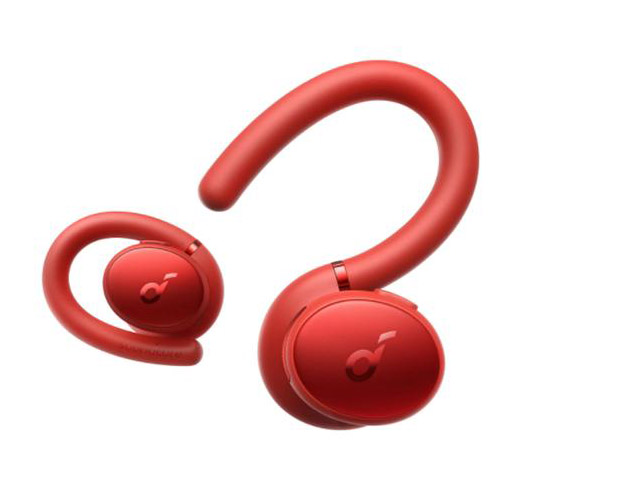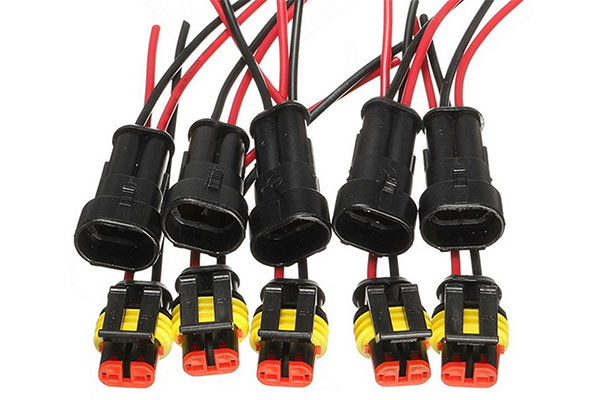Antenna connectors are the links between the radio transceiver and the antenna. A well-chosen connector can optimize the performance of an antenna system, whereas a poor choice can introduce signal losses, degrade the signal quality, or even damage the equipment. In this article, we will introduce you to the various types of connectors used in antenna systems and help you to select the right connector for your specific needs.
Coaxial Connector
Coaxial connectors are among the most commonly used connectors in the field of RF communication. They are easy to use, have low losses, and can support a wide range of frequencies. The most popular coaxial connector used in antenna systems is the UHF connector. Other popular types of coaxial connectors include the Type N, Type F, and Type BNC connectors.
UHF Connector
The UHF connector, also known as the PL-259 connector, is one of the oldest types of coaxial connectors. It is commonly used in mobile and base station applications, as well as in amateur radio installations. The UHF connector is rated for frequencies up to 300 MHz and can handle up to 500 watts of power. The UHF connector is easy to install and remove, making it a popular choice for portable and temporary antenna setups.
Type N Connector
The Type N connector is a threaded connector that is widely used in commercial and military applications. It is rated for frequencies up to 11 GHz and can handle up to 1500 watts of power. The Type N connector is commonly used in outdoor and high-power antenna installations.
Type F Connector
The Type F connector is a screw-on connector that is commonly used in cable TV and satellite TV installations. It is rated for frequencies up to 1 GHz and can handle up to 300 watts of power. The Type F connector is not suitable for outdoor or high-power applications, as it is not weatherproof and can introduce losses at high frequencies.
Type BNC Connector
The Type BNC connector is a bayonet-style connector that is commonly used in video and audio applications. It is rated for frequencies up to 4 GHz and can handle up to 500 watts of power. The Type BNC connector is easy to install and remove, making it a popular choice for portable and temporary antenna setups.
SMA Connector
SMA connectors are small, threaded connectors that are commonly used in mobile and portable applications. They are rated for frequencies up to 18 GHz and can handle up to 1 watt of power. SMA connectors are commonly used in antennas for WiFi, Bluetooth, and GPS applications.
BNC Connector
BNC connectors are bayonet-style connectors that are commonly used in video and audio applications. They are rated for frequencies up to 4 GHz and can handle up to 500 watts of power. BNC connectors are commonly used in antennas for surveillance and security applications.
N Connector
N connectors are threaded connectors that are commonly used in outdoor and high-power applications. They are rated for frequencies up to 11 GHz and can handle up to 1500 watts of power. N connectors are commonly used in antennas for cellular, WiFi, and GPS applications.
F Connector
F connectors are screw-on connectors that are commonly used in cable TV and satellite TV installations. They are rated for frequencies up to 1 GHz and can handle up to 300 watts of power. F connectors are not suitable for outdoor or high-power applications, as they are not weatherproof and can introduce losses at high frequencies.
Selecting the Right Connector
When selecting a connector for your antenna system, there are several factors to consider, including frequency range, power handling capacity, and weather resistance. Here are some tips to help you choose the right connector for your specific needs:
- Frequency Range: Ensure that the connector is rated for the frequency range of your antenna system. Using a connector that is not rated for the frequency range of your system can lead to signal losses and degraded signal quality.
- Power Handling Capacity: Ensure that the connector can handle the power levels of your system. Using a connector that is not rated for the power levels of your system can lead to equipment damage and signal degradation.
- Weather Resistance: If your antenna system will be installed outdoors, ensure that the connector is weather-resistant and can withstand exposure to the elements. Using a connector that is not weather-resistant can lead to corrosion, signal losses, and equipment damage.
- Connector Type: Consider the specific requirements of your application and choose the connector type that best meets those requirements. For example, if you need a connector for a mobile or portable antenna setup, a small and lightweight connector like the SMA connector may be the best choice. If you need a connector for a high-power outdoor antenna setup, a threaded connector like the N connector may be the best choice.
Conclusion
Choosing the right connector for your antenna system is crucial for achieving optimal performance and avoiding signal losses and equipment damage. In this article, we have discussed the different types of connectors used in antenna systems, including coaxial connectors, SMA connectors, BNC connectors, N connectors, and F connectors. We have also provided tips for selecting the right connector for your specific needs, including considering the frequency range, power handling capacity, weather resistance, and connector type. By following these tips, you can ensure that your antenna system operates at peak performance and reliability.




